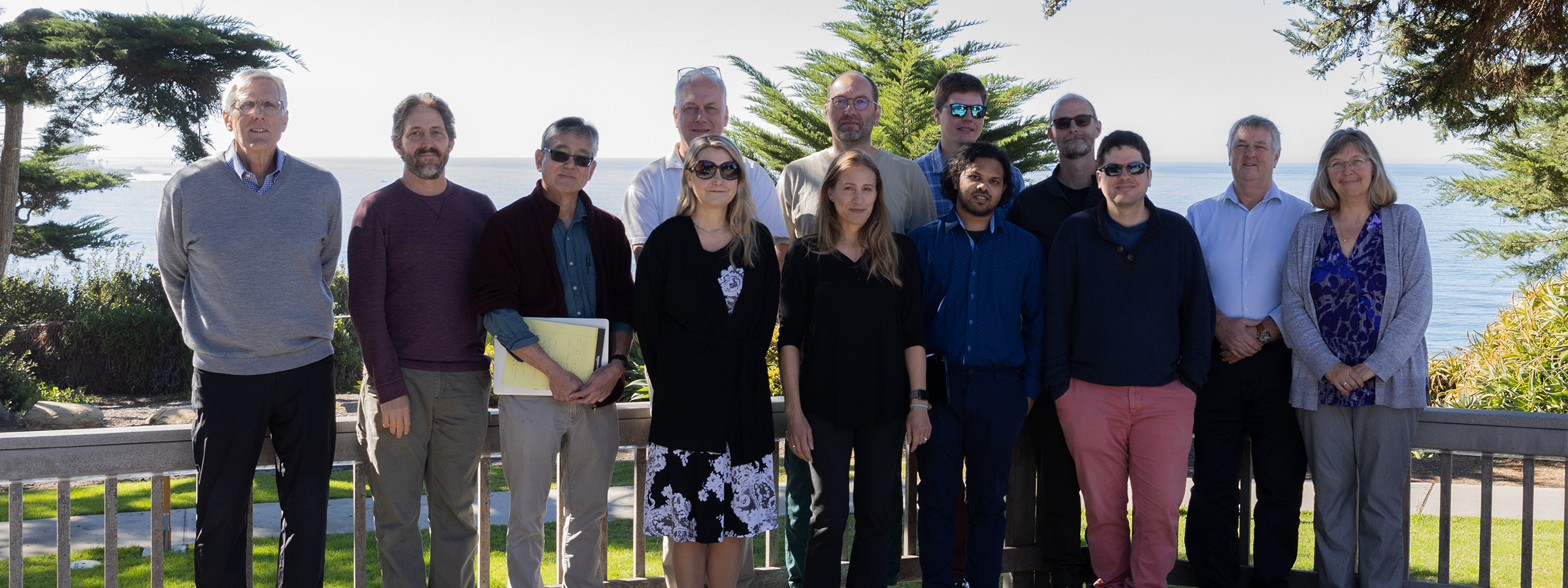It’s not often you get all the right people in one room. At the end of last year we managed just that.
Sonardyne held a two-day Seabed Deformation Technical Workshop bringing together some key members of the Sonardyne academic user community in the USA and Canada to share insights, experiences and how our GNSS-A and AZA instruments can be further improved to meet their future needs. These included; Ocean Networks Canada, U.S. Geological Survey (USGS), Georgia Institute of Technology, Woods Hole Oceanographic Institution and the University of Washington, as well as our hosts Scripps Institution of Oceanography in California. As well as providing the stunning backdrop for this event, they furnished instruments for the workshop form the large pool of our equipment that they support this community with.

Scripps Institution of Oceanography
GNSS-A and AZA are two independent technologies that are providing scientists with a ground-breaking new toolset for measuring seabed deformation caused by plate tectonic movements:
- GNSS-A involves accurate (centimetric) global reference framework (principally horizontal) positioning of Fetch transponders on the seabed using an Uncrewed Surface Vehicle (USV).
- AZA is a technique to accurately measure pressure (and thus vertical elevation) of a Fetch transponder. It does this by correcting for the inherent drift of the pressure sensor. This is also being increasingly used by scientists studying ocean circulation, for whom long term pressure measurements are critical.

Technical workshop
Each attendee shared their latest research projects and plans with the group, helping the attendees cross pollinate ideas and discuss the challenges they are facing.
The core of the workshop, comprising in-depth technical insights and demonstrations was supplied by Sonardyne’s, Nick Street and Guy Hebden our Queens Award-winning seabed deformation technology from inception and Guy, from our applications group, has first-hand experience of product deployment and managing remote operations. This kind of community interaction is invaluable to ensure that our technology continues to push forward to meet the demanding needs of our scientific users into the future.
The USA and Canada academic sectors provide many collaborative partnerships for us and they are some of the most prolific and high profile users of our products across a wide range of research fields.

Demonstrations generated lots of discussions
“It’s humbling and very rewarding to see how key our technology is to answer some of the most critical questions about seabed deformation and how this relates to earthquake and tsunami risks. It was no mean feat to pull this collection of world-leading institutions from the US and Canadian academic community together for two days, but the feedback has been so positive that we’re already being asked when we’ll do it again. In fact, it’s encouraging us to look across other parts of our technology portfolio to identify other workshop opportunities that will help foster a collaborative community between us and our academic users.”
Geraint West. Head of Science. Sonardyne International.
The high volume of interactive Q&A and discussion between the attendees provided valuable insight for us into how our products are currently used and how they can be developed to further enhance future research.
As a result, we are investigating the potential for further workshops to foster more user collaboration and communities in future.

Workshop attendees and Sonardyne staff
